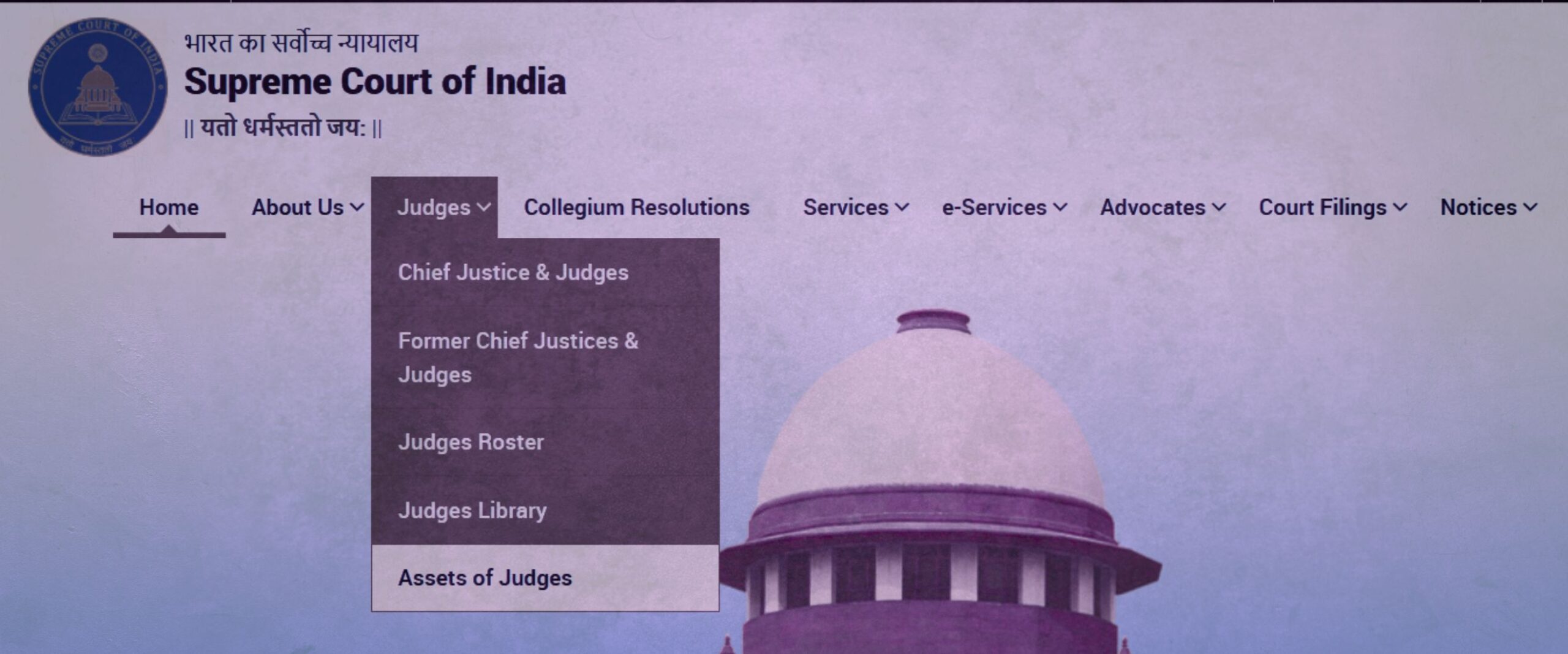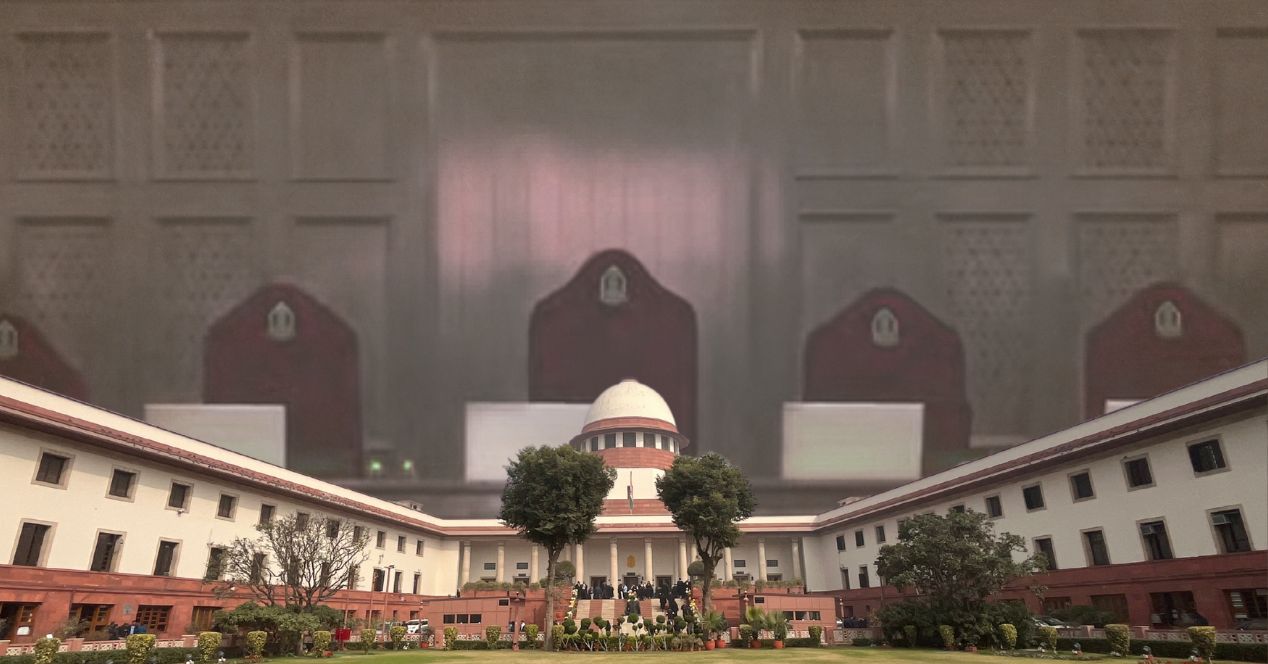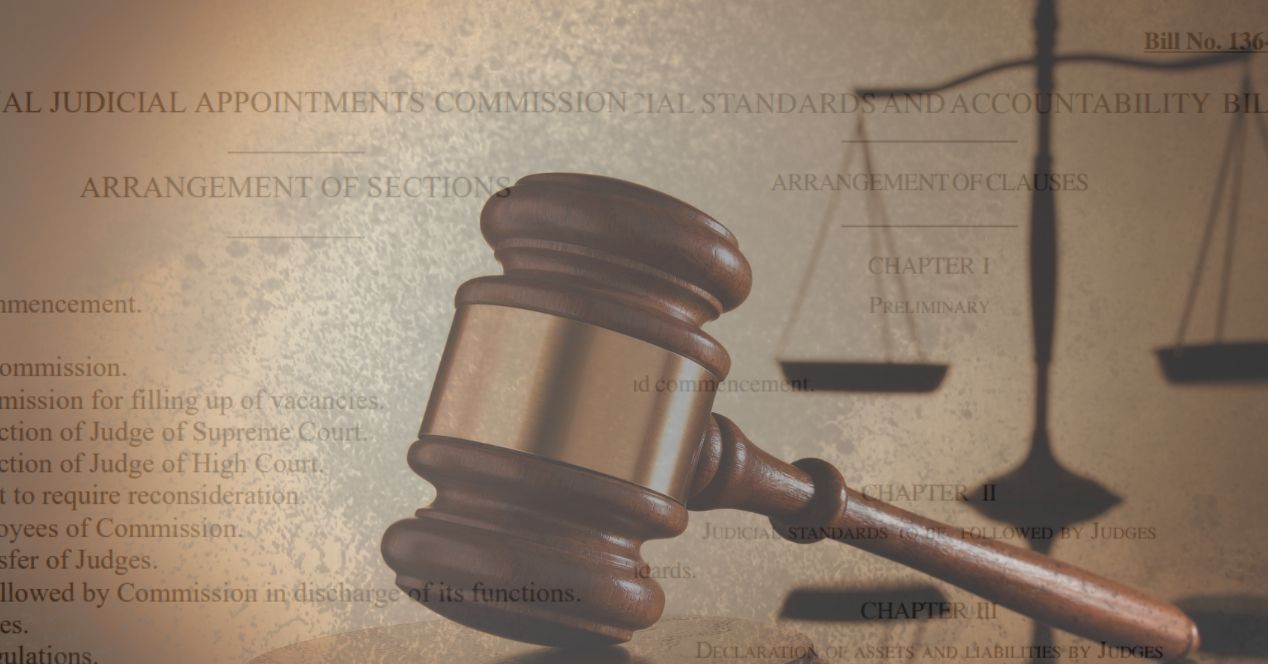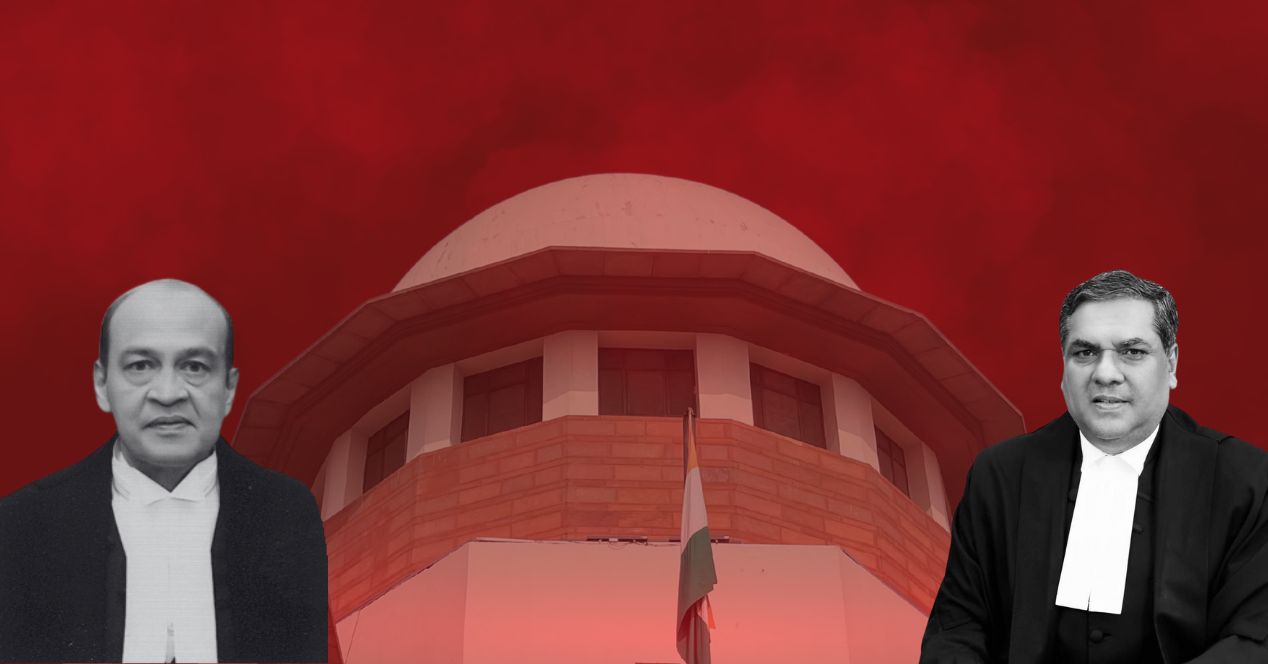Analysis
Cheques and balances
SC judges have resolved to publicly declare their assets in a step to improve transparency. But even this simple move has a loaded history

On Thursday, a new development occurred amidst the chatter surrounding the wads of cash discovered at Justice Yashwant Varma’s residence last month. It was reported that Supreme Court judges have decided to publicly declare their assets following a full court meeting. There has been no official communication about this from the Court yet.
Public declaration of assets has been an issue contested for decades. Back in May 1997, a full-court meeting chaired by then Chief Justice J.S. Verma had resolved that judges would declare their assets to the CJI but not the public. In the 1990s, controversy surrounding judicial transparency had heightened after the Second Judges case (1993) established the Collegium system for appointments.
In August 2009, when Justice K.G. Balakrishnan was the Chief Justice, the Court decided to publish asset declarations on its website but purely on a voluntary basis. A few high courts, like Delhi and Kerala, soon followed suit.
A decade on, in CPIO v Subhash Chandra Agarwal, a five-judge bench was, among other things, hearing a challenge by the Supreme Court’s Chief Public Information Officer against a Delhi High Court order that directed the top court to disclose information regarding judges’ personal assets.
In that case, Justice Sanjiv Khanna’s majority opinion held that the information of whether judges had declared their assets would not come under the “personal information” exemption under the RTI Act. However, the details of the contents would attract the exemption unless “public interest” outweighed the privacy concern in a specific case.
Then, in 2023, a Parliamentary Committee recommended that the Union government make a law mandating judges to furnish their property returns annually. Last month, a question about whether the government has taken note of the Committee’s recommendation was raised in the Rajya Sabha. In response, the Law Minister said that the matter had been taken up by a committee comprising Supreme Court judges, which had simply reiterated that the Court’s existing procedure is in “conformity” with its decision in Subhash Chandra.
Where does all this leave us?
When asset declaration was being debated in 2009, Senior Advocate Sriram Panchu had written that “public trust is the bedrock that sustains the court…. It does not have the power of the elected vote, or purse or sword; its legitimacy, and extent of power, is defined precisely by how much public regard it is the repository of.”
Seen in this light, the Supreme Court’s recent move to voluntarily disclose judges’ assets is commendable as a symbolic step that momentarily tempers the heat the judiciary is currently facing. Yet, it is not the much-needed structural solution. The fact remains that asset declaration is still a voluntary exercise. Data collected by The Indian Express suggests that only 97 out of 770 high court judges have publicly declared their assets. But, even if asset declaration were made mandatory, it addresses only part of the problem.
According to the Delhi High Court’s website, Justice Varma was only one of eight judges who had declared assets. However, clicking on the link opens a PDF that says “Dummy PDF file” and is otherwise blank. Therefore, without independent verification or consequences for misreporting, asset declarations risk becoming no more than a formality.
Irrespective of inciting incidents like the one at Justice Varma’s residence, it’s important that the judiciary and executive engage in meaningful dialogue that doesn’t just centre the appointment issue. It’s high time for structural reforms that directly address the large and granular questions around public trust and institutional accountability.




